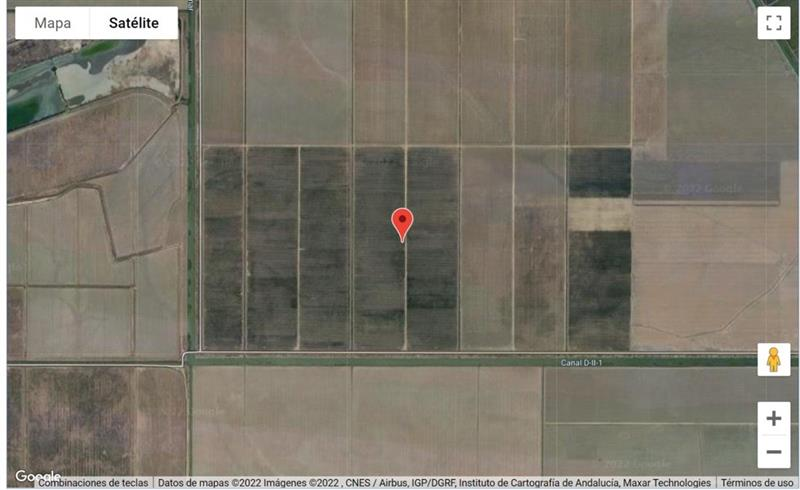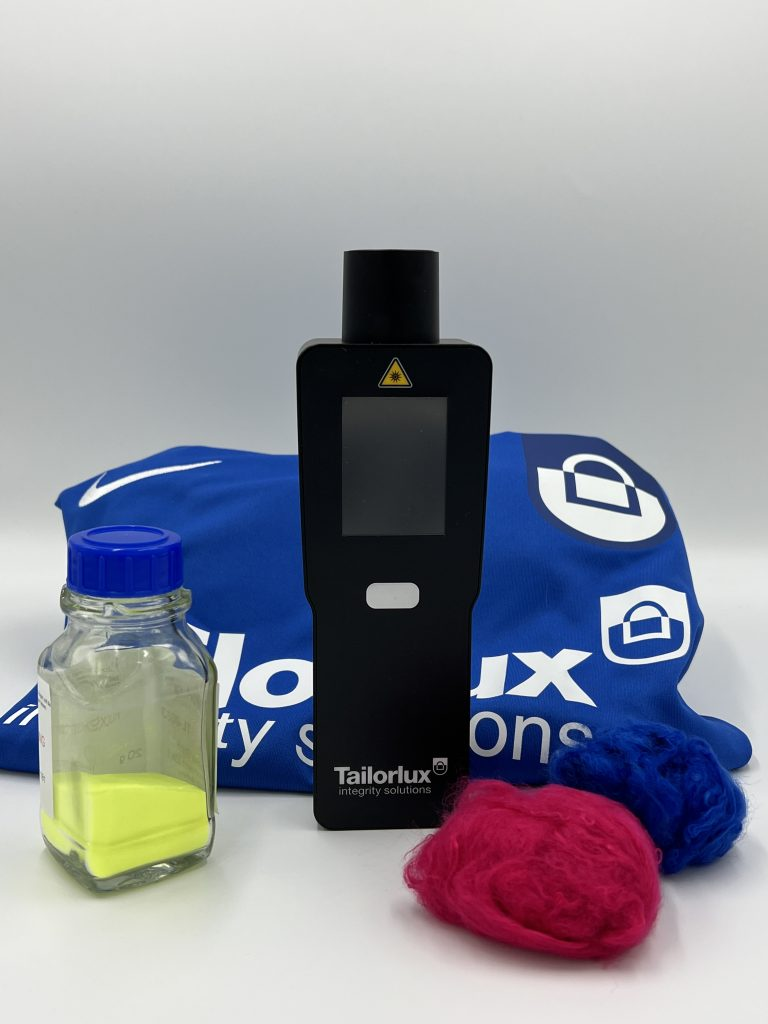ANDALUCÍA – A Spanish project is providing fully traceable, GMO-free cotton for the manufacture of yarn, fabrics and garments in Spain. The nearshoring project aims to illustrate possibilities of fibre traceability and advantages of Spanish cotton.
Around 300 tons of cotton from Spain’s cotton growing region in Andalucía have been produced in the first harvest and are currently in yarn production. All cotton from the project has been purchased by Tejidos Royo, the Spanish denim business, which received all marked bales with a digital transaction certification as part of the project.
Spain is the EU’s second largest grower of cotton after Greece, accounting for around a fifth of the EU’s cotton output. Production has ranged from between 80,000 to 200,000 MT annually in recent years.
Working on the project are Retexcycle, seed company Eurosemillas, Surcotton, a Spanish Ginner, traceability specialists Tailorlux and Eurofins, a global testing and certification company.

Last year, Eurosemillas seed was certified as GMO-free by Eurofins. One cotton seed bag was allocated per acre, with geolocation tags used on a specially developed app for farmers and all geo-located fields harvested separately.
“Tracer fibres are added in a ration of 1:1000 at the ginning process and digital twins of bales are created,” Tobias Herzog, managing director of Tailorlux told Apparel Insider. “Bales are scanned , logged and used for the development of yarn, fabrics and so on.”
Tailorlux has developed a fibre dosing machine for the traceability process, which can be installed within two hours at any gin or spinning facility. This seamless transition makes the concept scalable in every region of the world.
Herzog told us all farmers using the system work via the app so they can scan the unique ID of each bag to link it to a specific cotton field of the official Spanish agricultural system.
The project partners have developed a map of traceable cotton fields Andalucía. With the harvest having begun last autumn, new ‘birth certificates’ are created by the delivery of cotton to the ginning facilities of Surcotton. Trucks arrive at the facility and weighting sheets and field locations go into the Retexcycle system. All projects partners are positive about the market response and four more ginners will join the project for the coming harvest.
“All projects partners are positive about the market response and four more ginners will join the project for the coming harvest,” Herzog told us.



